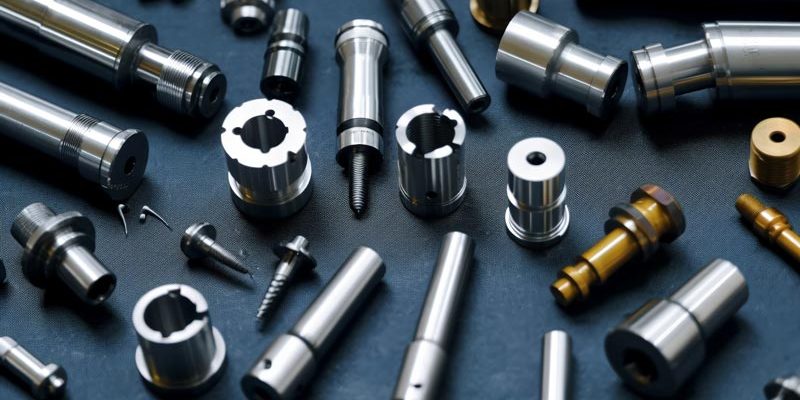The reasons why the machining accuracy of precision hardware parts deteriorates
Precision hardware can be cut according to production needs, and then some small parts can be cut or CNC processed. Precision hardware parts definitely require cutting and punching, followed by welding, sanding, and oil spraying, and then the parts are manufactured. It’s done. It should be reminded that small accessories also need to be electroplated or oil sprayed on the surface after polishing. Precision hardware parts are often processed in batches. Therefore, the accuracy of hardware parts almost determines the quality of the product. The more precise the hardware parts, the higher the accuracy requirements. So why does the processing accuracy of precision hardware parts deteriorate?
1. The machining accuracy of the part itself is poor. Generally speaking, if the dynamic error between the shafts is not adjusted well during installation, or the shaft transmission chain changes due to wear, the accuracy of the part will be affected. Generally speaking, the accuracy problem caused by this type of error can be solved by readjusting the compensation amount. If the error is too large or even an alarm occurs, it is necessary to check the servo motor to see if its speed is too high.
2. Overshooting of the machine tool during operation will also affect the machining accuracy. It may be because the acceleration and deceleration time is too short. Prolong the change time appropriately. Of course, it is also most likely because the link between the screw and the servo motor is loose.
3. Because the roundness produced by the linkage of the two axes is out of tolerance, the machine is not adjusted to form a circular axial deformation, the screw clearance compensation of the shaft is incorrect, or the shaft positioning is offset, these may affect the accuracy of precision parts.
Precision hardware processing technology:
1. The processing route is highly uncertain. A component or product can have multiple processes, and the production process requires a wide variety of machines, equipment, and fixtures.
2. Since hardware manufacturing enterprises mainly perform scattered processing, the quality and productivity of products depend largely on the technical level of workers, and the degree of automation is mainly at the unit level, such as CNC machine tools, flexible manufacturing systems, etc.
3. Product parts generally adopt a combination of self-made and outsourced processing. For example, special processes such as electroplating, sandblasting, oxidation, silk screen laser engraving, etc. will be entrusted to external manufacturers for processing.
4. There are many parts required, and a large number of material picking lists and “one-line” production orders are often required to be filled out at the workshop site. If there is process management, a large number of process transfer orders need to be filled out.

